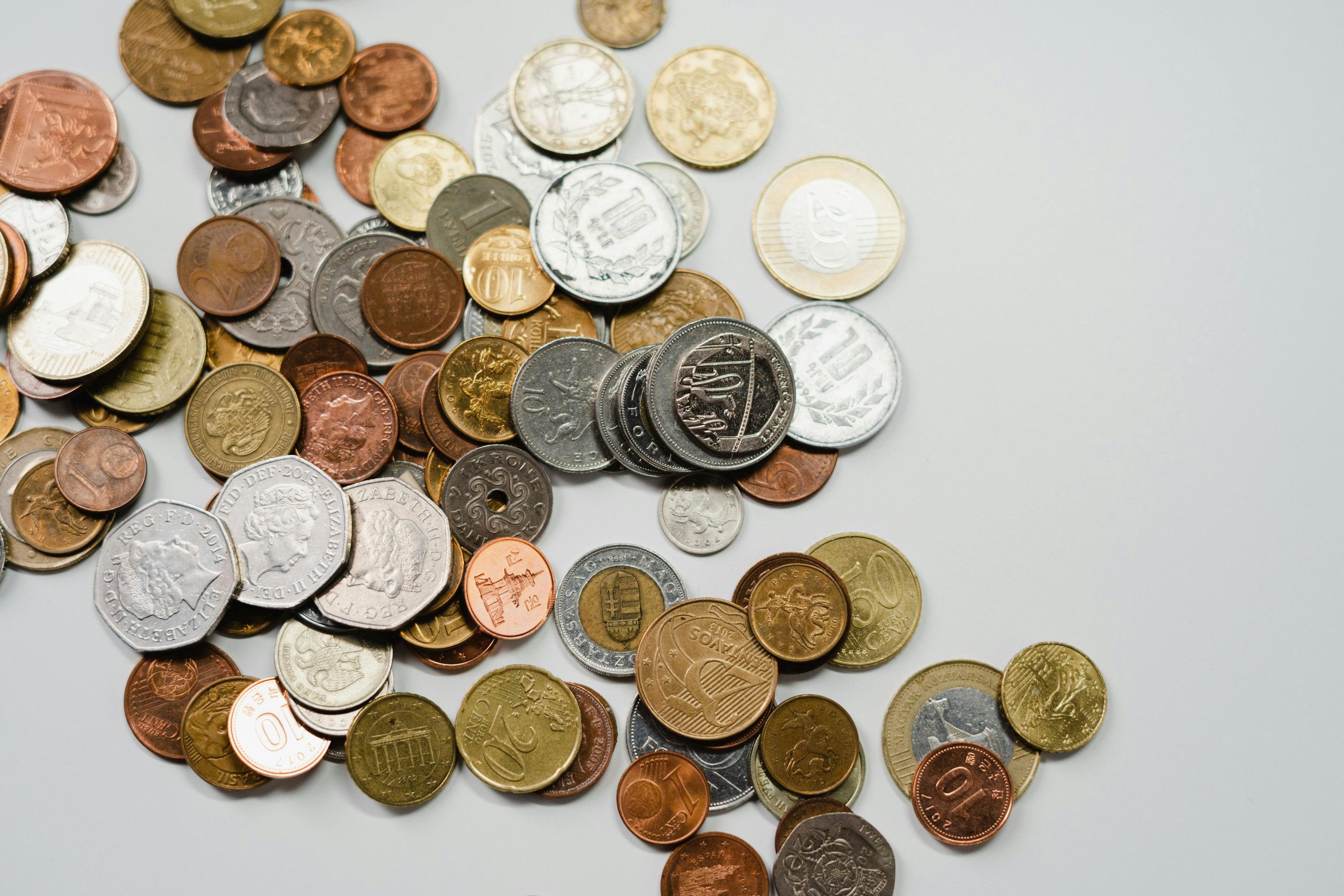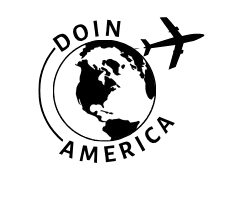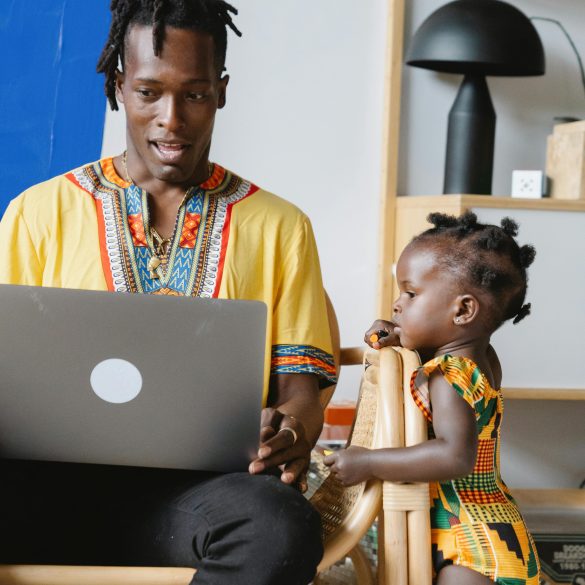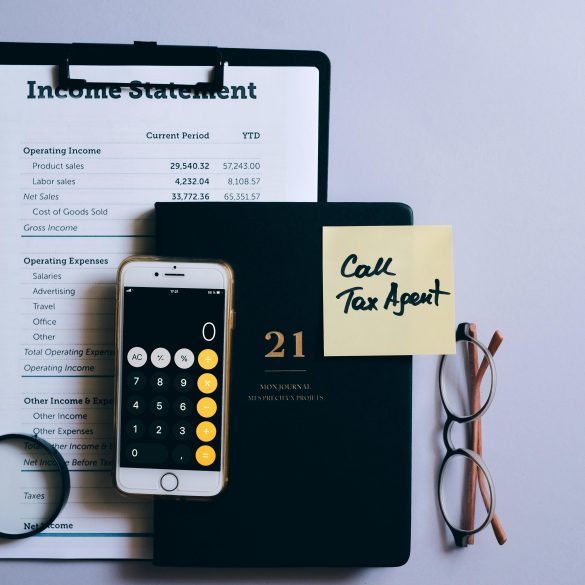Banking in Colombia as a Foreigner: A Complete Guide
So you’ve decided to make Colombia your new home—or at least your temporary base—and now you’re staring at the daunting task of opening a bank account. Trust me, I’ve been there. When I first started researching this process, I thought it would be straightforward. After all, how complicated could it be to give a bank your money? Well, let me tell you, Colombia’s banking system has its own unique rhythm, and understanding it can save you months of frustration.
The good news? It’s absolutely doable. The slightly less good news? You’ll need patience, the right documentation, and a solid understanding of how Colombian banks actually work. According to recent data from the Superintendencia Financiera de Colombia, over 85% of foreign residents successfully open bank accounts within their first year—but those who come prepared typically get it done in weeks, not months.
Why Colombian Banking Matters for Your Success
Here’s something I wish someone had told me earlier: your relationship with Colombian banks goes way beyond just storing money. Having a local bank account affects everything from renting apartments to getting credit cards, from paying utilities to building the financial history you’ll need for major purchases. It’s basically your financial passport to Colombian life.
The Colombian banking sector has undergone massive digital transformation over the past five years. What used to require multiple in-person visits can now often be initiated online, though—and this is important—you’ll still need to show up physically for account activation. Banks like Bancolombia, Banco de Bogotá, and BBVA Colombia have invested heavily in foreigner-friendly services, but each has its own quirks and requirements.
Essential Requirements: What You Actually Need
Let me cut through the confusion here. Different banks will tell you different things, and even the same bank might give you varying information depending on which branch you visit. I’ve compiled what actually works based on real experiences from dozens of expats I’ve spoken with.
Core Documentation Requirements
Every Colombian bank will ask for these basic documents, though some might request additional items. What drives me nuts is how they don’t always tell you this upfront, but here’s the real deal:
- Valid passport with Colombian entry stamp
- Colombian visa or cédula de extranjería (foreigner ID card)
- Proof of Colombian address (utility bill, rental contract, or carta de residencia)
- Income verification (employment letter, bank statements, or tax returns)
- Reference letter from your home country bank
Now, here’s where it gets tricky—and this is from personal experience helping friends navigate this process. The income verification part is where many people get stuck. Colombian banks want to see legitimate, verifiable income, and they’re getting stricter about this. If you’re a digital nomad or freelancer, you’ll need to be creative but honest about documenting your earnings.
Pro Tip: The Reference Letter Strategy
That reference letter from your home bank? Make sure it’s recent (within 30 days) and includes your account balance, how long you’ve been a customer, and your account status. Some Colombian banks specifically look for this as a trust indicator. I’ve seen applications approved much faster when this letter was particularly detailed.
Best Banks for Foreign Residents
Not all Colombian banks are created equal when it comes to serving foreigners. After researching extensively and talking to expats who’ve been through this process, here are the banks that consistently deliver better experiences:
| Bank | Foreigner-Friendly Rating | Minimum Deposit | Key Advantages |
|---|---|---|---|
| Bancolombia | Excellent | $500,000 COP | English support, extensive ATM network |
| Banco de Bogotá | Very Good | $300,000 COP | Lower fees, good digital platform |
| BBVA Colombia | Good | $400,000 COP | International banking experience |
| Davivienda | Fair | $200,000 COP | Lowest minimum deposit |
Honestly, I’d recommend starting with Bancolombia if you’re new to the country. Yes, their minimum deposit is higher, but their customer service actually understands the foreign resident experience. Plus, their mobile app is genuinely user-friendly—something that matters more than you might think when you’re dealing with Colombian bureaucracy.
What About Digital-Only Banks?
You might be wondering about digital banks like Nequi or DaviPlata. While these are incredibly popular among Colombians, they’re not ideal for foreigners opening their first account. The verification process is more complex for non-residents, and you’ll miss out on the in-person support that’s often crucial during your first few months.

Step-by-Step Account Opening Process
Alright, let’s walk through this process step by step. I’m going to be straight with you—this isn’t a one-day affair for most people. Plan for multiple visits and some back-and-forth. But here’s the roadmap that actually works:
- Research and Choose Your Bank: Don’t just walk into the closest branch. Different locations have different levels of experience with foreign clients.
- Gather All Documentation: Have everything translated and apostilled if required. Missing one document means starting over.
- Schedule an Appointment: Most banks now require appointments for new account openings. Call ahead or use their online scheduling.
- Bring Your Deposit: Cash or a bank draft from your home country. Personal checks usually aren’t accepted.
- Complete the Application: Plan for 2-3 hours. They’ll ask detailed questions about your income sources and residence plans.
Here’s something nobody tells you: bring a Colombian friend or colleague if possible. Not because you need translation help, but because having a local reference can smooth the entire process. I’ve seen applications that stalled for weeks suddenly move forward when someone with local connections got involved.
Colombia Banking Fact
Colombia has one of the most sophisticated banking systems in Latin America, with over 95% of transactions now conducted digitally. However, the country still maintains strict compliance standards due to its history with money laundering concerns, which explains why the documentation requirements for foreigners are so thorough.
Common Roadblocks and How to Handle Them
Let me share some real challenges I’ve encountered—and more importantly, how to solve them:
Challenge: Income Verification for Digital Nomads
If you work remotely or freelance, Colombian banks struggle to categorize your income. Solution: Create a detailed portfolio showing your client contracts, PayPal statements, and tax filings. Some expats have success incorporating a Colombian business entity, but that’s a bigger commitment.
Another frustrating situation? When bank employees give you conflicting information. This happens more often than it should. What I’ve learned is to always ask to speak with the international customer specialist or branch manager. Regular tellers often aren’t familiar with foreigner requirements.
Managing Your Colombian Bank Account
Once you’ve got your account open—congratulations, by the way, because that’s genuinely an achievement—you’ll need to understand how Colombian banking actually works day-to-day. And honestly, it’s different enough from what you’re probably used to that there’s a real learning curve.
Fee Structure Reality Check
Colombian banks love fees. I mean, they really love fees. You’ll encounter charges for things that might be free in your home country:
- Monthly maintenance fees (typically $15,000-30,000 COP)
- ATM withdrawals at other banks ($3,000-5,000 COP per transaction)
- International wire transfers ($30-50 USD equivalent)
- Debit card replacement ($20,000 COP)
- Paper statement fees ($2,000 COP monthly)
The key to minimizing these fees? Maintain the minimum balance requirements and use your bank’s own ATM network. Also, go digital wherever possible—paper statements and in-branch transactions almost always cost extra.


